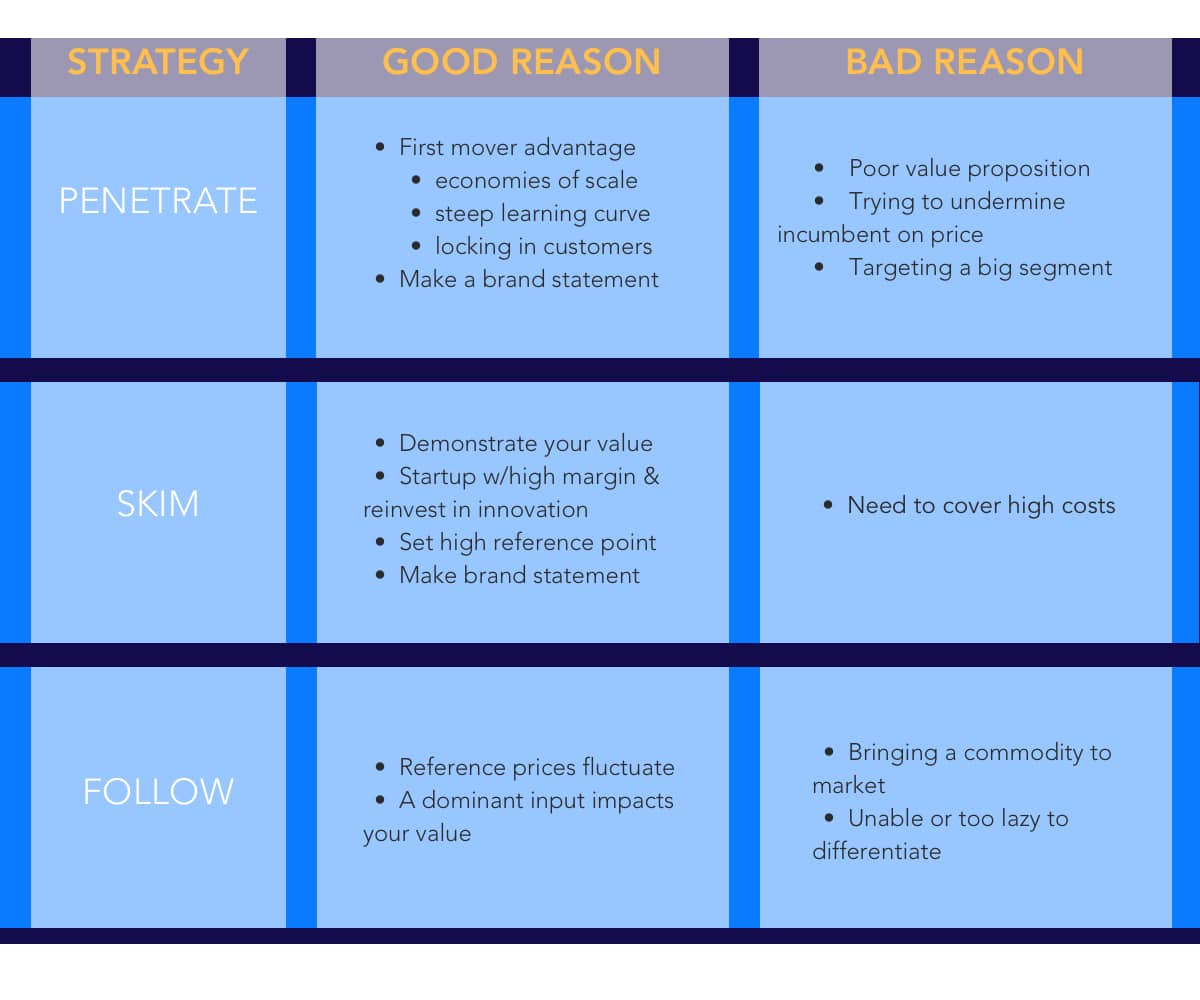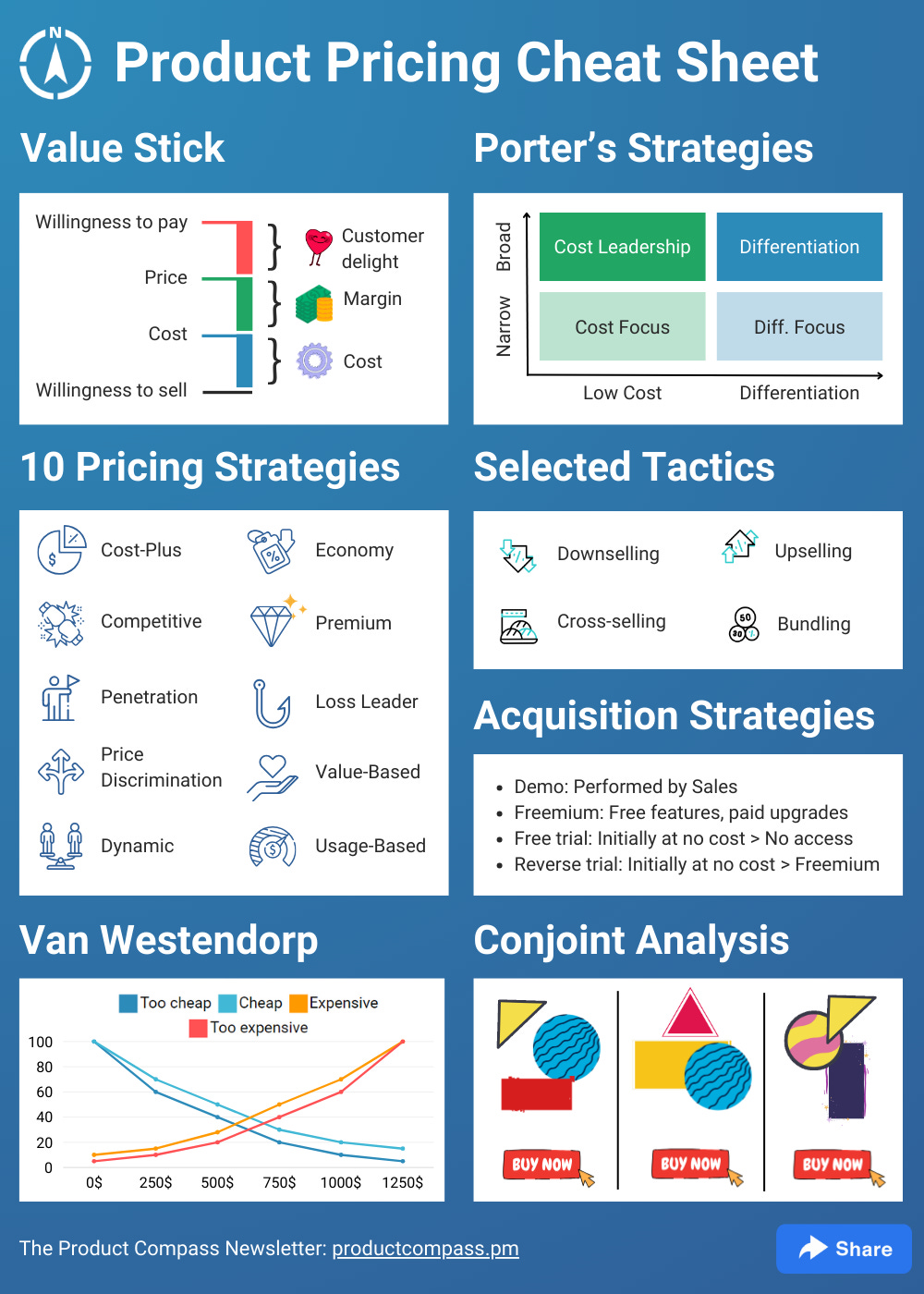Just how to Apply a Value-Based Pricing Strategy for Optimum Effect
Just how to Apply a Value-Based Pricing Strategy for Optimum Effect
Blog Article

Master Effective Pricing Approaches to Make Best Use Of Revenue
In the ever-evolving landscape of business, mastering reliable rates methods is crucial for businesses intending to take full advantage of revenue. A nuanced understanding of pricing psychology can dramatically influence client habits and acquiring choices.
Recognizing Prices Psychology
Comprehending prices psychology is important for businesses aiming to optimize their prices approaches. This area examines how customers regard prices and how these understandings influence their acquiring decisions. Trick concepts in prices psychology consist of the anchoring result, where the preliminary price presented acts as a referral point for consumers, and the principle of cost level of sensitivity, which varies among various consumer sections.
Furthermore, organizations can leverage the concept of regarded value, where the regarded benefits of a product or service can validate a higher price point. As an example, premium rates can create an aura of exclusivity, bring in customers who associate higher rates with remarkable quality. On the other hand, mental rates, such as setting a price at $9.99 rather than $10, can substantially influence consumer habits by making costs show up more appealing.
Moreover, shortage and urgency can improve the viewed worth of products, motivating quicker buying decisions. Understanding these mental triggers allows organizations to develop prices strategies that not only drive sales however likewise foster consumer commitment. Thus, mastering pricing psychology is important for efficient pricing technique formulation, resulting in improved productivity and market positioning.
Implementing Value-Based Pricing

First, conduct complete market research to identify the worth vehicle drivers for your target market. This can consist of features, high quality, brand online reputation, and client service. Next, section your consumers based on their desire to pay and the worth they perceive. By doing so, you can tailor offerings and prices approaches to align with different sections.
After collecting insights, collection rates that reflect the optimum amount a consumer is prepared to pay, ensuring that they view a fair exchange for the worth received. Interact the value proposition properly, highlighting the benefits and differentiators of your offering. Finally, constantly monitor market problems and client responses to fine-tune your pricing strategy gradually - Pricing Strategy. By carrying out value-based rates, businesses can improve success while cultivating long-lasting client commitment.
Discovering Dynamic Prices Models
In today's swiftly changing market landscape, vibrant rates versions have become an effective strategy for companies seeking to optimize earnings and respond to fluctuations in need. These versions allow business to adjust their costs in real-time based upon numerous factors such as consumer actions, market patterns, and stock levels. By leveraging data analytics and formulas, services can determine ideal rates points that make the most of sales while staying competitive.
Dynamic prices can take numerous kinds, including time-based pricing, where rates vary based upon time of day or season, and demand-based prices, which readjusts prices according to present consumer demand. This flexibility not just boosts profitability however likewise enhances consumer contentment by providing prices that mirror real-time market conditions.
Carrying out dynamic rates calls for a robust technological facilities and a deep understanding of customer sections. It is vital for services to keep track of market signals and consumer responses continually, guaranteeing that rates methods line up with broader organization objectives. Clear communication concerning pricing modifications can help minimize client dissatisfaction and foster count on, eventually leading to sustained profitability in a competitive marketplace. Welcoming vibrant pricing can therefore be a transformative strategy in the quest for making best use of income.
Analyzing Rival Prices
Checking competitor prices is necessary for businesses aiming to maintain a competitive edge in their respective markets. By examining rivals' prices strategies, companies can identify market trends, understand consumer choices, and readjust their prices as necessary. This analysis includes celebration data on competitors' prices, promotional techniques, and item offerings to inform pricing decisions.
To effectively evaluate competitor pricing, businesses ought to use different tools More about the author and techniques, such as rate tracking software application, marketing research records, and consumer comments. This information can disclose how competitors position their services and items, allowing services to differentiate their offerings or adopt similar techniques to remain appropriate.
In addition, it is important to classify rivals into straight and indirect competitors. Straight competitors offer similar products or solutions, while indirect rivals may satisfy the very same client need with different remedies. Understanding the subtleties between these groups will allow services to customize their rates methods a lot more successfully.
Eventually, recurring rival prices analysis is crucial for making enlightened prices decisions. It enables organizations to stay dexterous in response to market shifts, guaranteeing they can confiscate possibilities and mitigate threats connected with prices approaches.
Evaluating Prices Efficiency
Understanding just how competitor rates affects market dynamics causes a natural focus on assessing pricing performance within one's own service. This analysis is vital for determining areas of toughness and opportunities for improvement, ultimately boosting profitability.

In addition, carrying out normal prices audits can reveal disparities in between anticipated and real performance. This involves contrasting rates data throughout different segments and channels to comprehend differences and recognize fads. Integrating consumer comments can supply understandings right into viewed worth versus real prices, making certain positioning with market assumptions.
Lastly, leveraging information my company analytics devices can facilitate deeper understandings into prices performance, allowing companies to make data-driven adjustments (Pricing Strategy). By continuously assessing rates performance, companies can adjust to market modifications and enhance their strategies, guaranteeing sustained productivity in an affordable landscape
Conclusion
By leveraging rates psychology, companies can boost viewed value and tailor rates to varied customer sections. The fostering of value-based and dynamic rates models helps with real-time adjustments based on demand and client readiness to pay.
Understanding prices psychology is vital for businesses aiming to maximize their rates techniques. Recognizing these psychological triggers allows businesses to formulate prices techniques that not just drive sales yet also foster customer commitment. Therefore, more tips here understanding rates psychology is important for reliable pricing strategy formula, leading to boosted success and market positioning.
By assessing rivals' prices strategies, firms can identify market trends, recognize customer preferences, and adjust their pricing appropriately. By leveraging pricing psychology, companies can enhance perceived value and dressmaker pricing to varied client segments.
Report this page